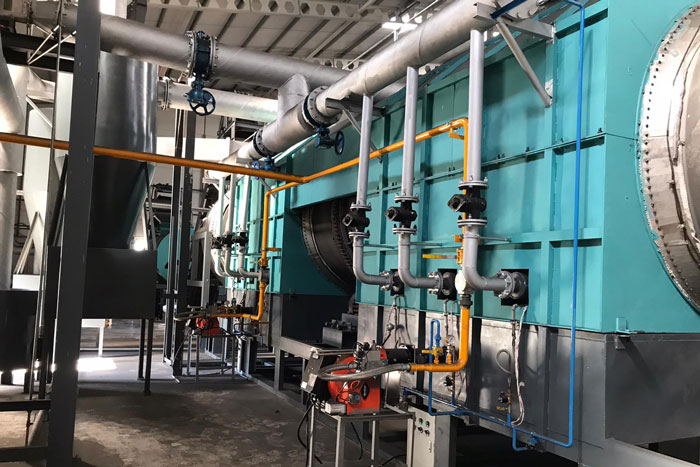Biochar, a highly porous carbon-rich material produced through pyrolysis, has gained widespread attention for its multifaceted benefits in agriculture, environmental conservation, and carbon sequestration. At the heart of biochar production lies the biochar reactor, a specialized piece of equipment that transforms biomass into this valuable substance. In this extensive 3500-word post, we will embark on a comprehensive journey to explore biochar reactors, how they function, the science behind biochar production, their environmental and agricultural applications, and the role they play in a sustainable future. If you are interested biochar reactor, search for the information online.

1: Biochar – An Introduction
To set the stage, we’ll begin with an overview of what biochar is, how it is made, and the remarkable properties that make it a powerful tool for addressing various global challenges.
2: The Science of Biochar Production
Biochar production is a complex process with many variables. This chapter delves deep into the science behind biochar production, discussing temperature profiles, feedstock selection, and the principles of pyrolysis.
3: Types of Biochar Reactors
Coconut charcoal making machine comes in a variety of shapes and sizes. In this chapter, we’ll explore the different types of reactors available, including traditional kilns, modern retorts, and continuous pyrolysis systems.
4: How Biochar Reactors Work
Understanding the inner workings of biochar reactors is essential to appreciate their role in biochar production. This chapter breaks down the pyrolysis process and the key components of a biochar reactor.
5: Feedstock Selection and Preparation
The quality of biochar depends on the feedstock used. This chapter discusses the importance of feedstock selection, preparation, and the impact on biochar properties.
6: Environmental Benefits of Biochar
Biochar offers significant environmental benefits, from carbon sequestration to soil improvement and pollution mitigation. This chapter explores these advantages and their implications.
7: Agricultural Applications
Biochar’s positive effects on soil health and crop productivity make it a valuable asset in agriculture. This chapter details how biochar can enhance soil fertility, water retention, and nutrient availability. Take a view at the biochar pyrolysis process. Then you know how to translate biomass into charcoal by this machine.
8: Carbon Sequestration and Climate Change Mitigation
Biochar plays a vital role in carbon sequestration, locking away carbon for centuries. This chapter discusses its potential to mitigate climate change and reduce greenhouse gas emissions.
9: Success Stories
Real-world case studies and success stories showcase the transformative impact of biochar and biochar reactors in diverse settings, from small-scale farms to large-scale reforestation projects.
10: Challenges and Future Directions
No technology is without challenges. In this chapter, we’ll explore the obstacles facing biochar production and the potential advancements on the horizon, including improved reactor designs and sustainable feedstock sourcing.
11: Making Biochar Reactors Accessible
Accessibility is key to widespread adoption. This chapter examines initiatives and policies aimed at making biochar reactors available to a broader range of users, from farmers to environmental organizations.
12: A Sustainable Future with Biochar Reactors
In conclusion, biochar reactors represent a critical piece of the puzzle in building a sustainable future. Their ability to convert biomass into biochar, a valuable resource with myriad applications, positions them as an essential tool for addressing environmental and agricultural challenges. By embracing this technology, we can unlock the power of biochar reactors and pave the way toward a more sustainable and resilient world.
Final Thoughts
As the global community grapples with issues like climate change, soil degradation, and waste management, biochar reactors offer a promising solution that transcends borders and disciplines. Their potential to mitigate climate change, enhance soil health, and improve agricultural yields underscores their significance in our quest for a sustainable future.